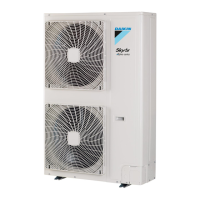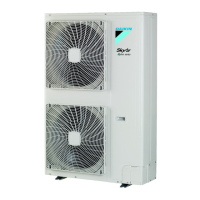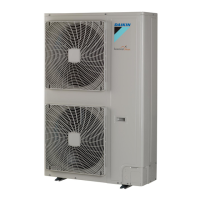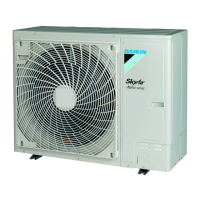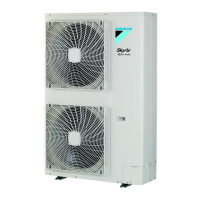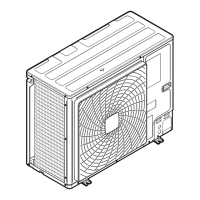Why is my Daikin RZAG100 Air Conditioner not cooling or heating enough?
- KKimberly BlackwellJul 28, 2025
If your Daikin Air Conditioner isn't cooling or heating well, first ensure that nothing is blocking the air inlets or outlets of either the indoor or outdoor unit. Clear any obstructions to improve ventilation. Also, make sure the air filter is clean; if it's clogged, have a qualified service person clean it. Check that the set temperature, fan speed, and airflow direction are appropriate for your needs. Ensure doors and windows are closed to prevent drafts, and use curtains or blinds to block direct sunlight. Consider if there are too many people in the room or excessive heat sources, as these can affect cooling performance.
